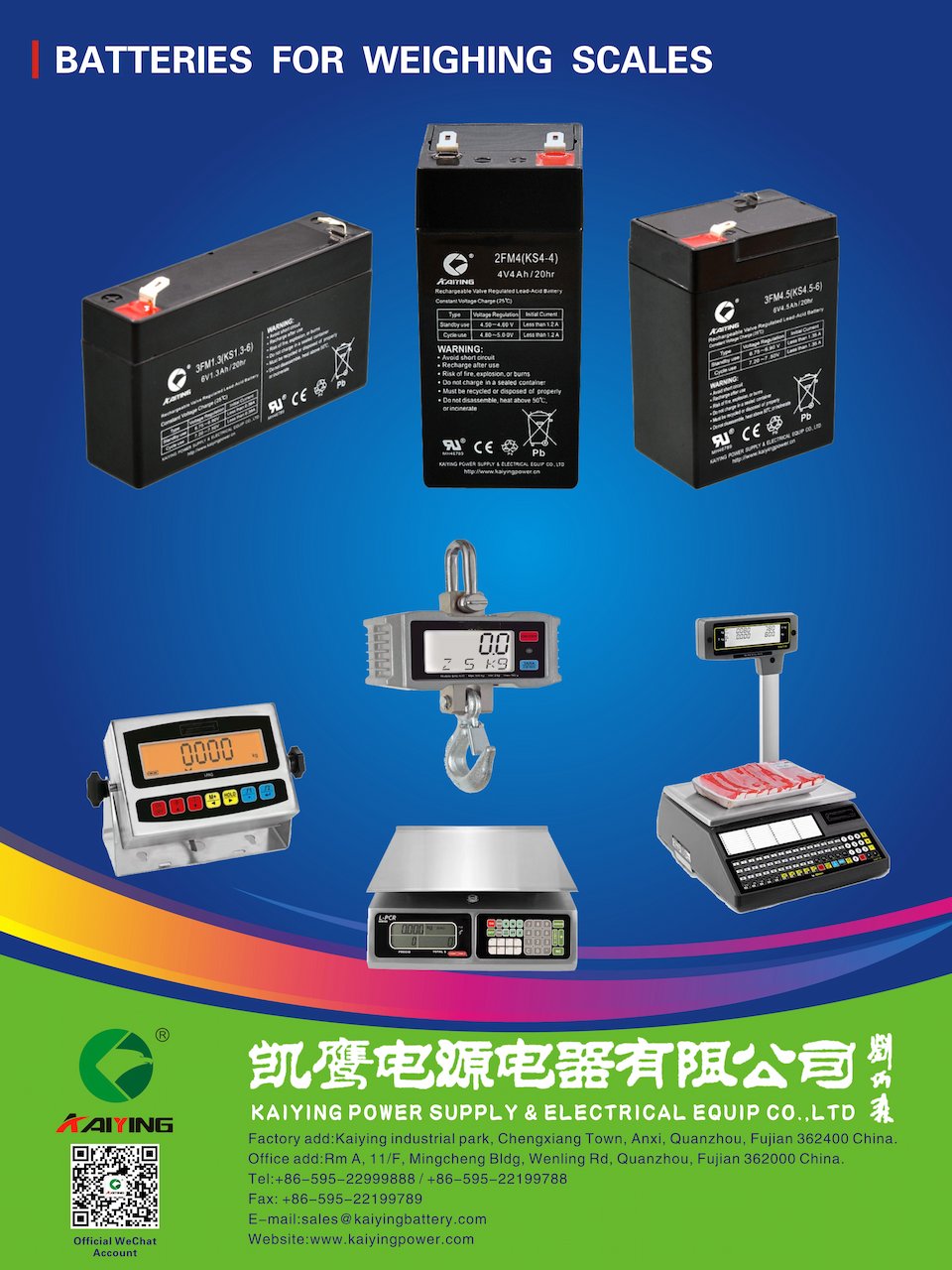Target Applications of Lead-Acid Battery
Target Applications of Lead-Acid Battery
As the long-standing power solutions, lead-acid batteries are durable and widely used in backup power supply fields such as telecommunications, power systems, computer systems and automated control systems, emergency lighting, new energy and energy storage batteries, automobiles, motorcycles and other starting fields, electric cars, golf carts, etc.
1. Battery for UPS
UPS power supply is the English abbreviation of Uninterruptable Power Supply. As an electronic AC conversion system with an energy storage device, its basic function is to provide uninterrupted power supply when the power supply is interrupted and always provide high-quality AC to the load. Power supply to achieve voltage stabilization, frequency stabilization, suppression of surges, electrical noise, compensation for voltage sag, long-term low voltage and other factors.
UPS power systems can be divided into two categories according to their application fields: UPS power systems for information equipment and UPS power systems for industrial power. UPS power systems for information equipment are mainly used in: security protection issues of computer information systems, communication systems, data network centers, etc. It plays an important role in protecting computer data, ensuring the stability of power grid voltage and frequency, improving power grid quality, and preventing harm to users caused by instantaneous power outages and accidental power outages. UPS power systems for industrial power are mainly used in: industrial power equipment industries such as electricity, medicine, automobiles, and other fields. The quality of AC and DC uninterruptible power supply equipment such as high-voltage circuit breakers opening and closing, relay protection, automatic devices, signaling devices, etc. It is directly related to the safe operation of the power grid, and is the "heart" of power generation equipment and power transmission & transformation equipment.
2. Battery for Energy Storage & Electric Vehicle
Lead-acid batteries for energy storage suitable for solar, wind and other new energy power generation equipment. Energy storage technology is widely used and has huge market potential. It is a key link in the energy Internet, which is mainly reflected in the following aspects: First, the output power of intermittent power sources such as photovoltaic and wind power is unstable. When its power generation ratio reaches a high, it will have a certain impact on the power grid, so a certain proportion of energy storage is needed to stabilize the output power of photovoltaic and wind power stations. Second, in areas where electricity prices are higher than on-grid electricity prices, and where peak and trough electricity prices vary greatly, distributed energy storage is often very economical; microgrids and off-grids also have direct demands for energy storage. Third, the application of energy storage in the power system will change the synchronized mode of electric energy production, transmission and use, make up for the missing "storage and release" function in the power system, and achieve the purpose of optimizing the allocation of power resources and improving energy efficiency. Fourth, advances in energy storage technology have also driven the rapid development of electric vehicles.
Lead-acid batteries are currently the better choice among energy storage batteries. From the perspective of cost, lead-acid batteries are more economical than other chemical energy storage methods such as lithium batteries. From the perspective of product performance, lead-acid batteries have mature technology, high safety, and a wide applicable temperature range; lithium batteries have problems such as consistency in the application of large battery packs, and safety problems in large power battery cells. Lead-acid batteries further improves the performance of the battery, greatly increases the number of cycles, and reduces the cost per unit use. Lead-acid batteries have relatively good application prospects in the field of energy storage.
3. Battery for Starting
The starting battery mainly provides energy for the starter motor of a car or motorcycle equipped with an internal combustion engine, thereby driving the engine flywheel to rotate to start the engine. The starting battery is required to be able to provide a large current in a short period of time, to be able to work normally even at low temperatures below minus 20 degrees Celsius, and to have good resistance to overcharging when the battery is continuously charged after the internal combustion engine is started.
Lead-acid batteries meet the needs of this field with their advantages of wide applicable temperature range, good high-current discharge performance, safety and stability. Other batteries have a certain gap compared with lead-acid batteries in terms of capacity, price, safety or environmental suitability.






